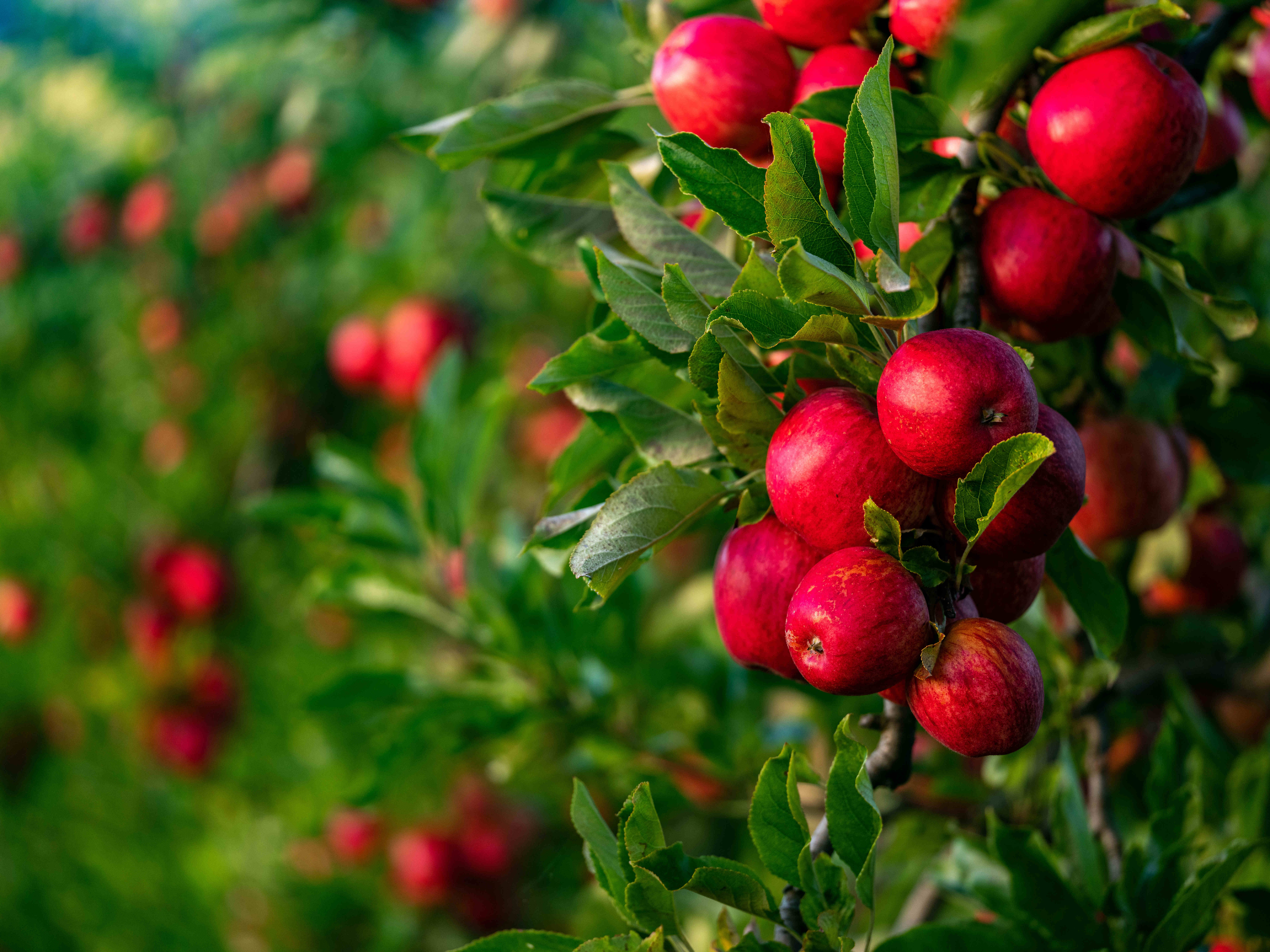APFIP looks to a new direction
Fruit Growers Tasmania | Thursday, 13 February 2020, 9.35pm
Scott Price, Chairman of the Australian Pome Fruit Improvement Program (APFIP) has announced the program is embarking on exploring new directions as it looks at new ways of bring value to industry keep pace with global changes. APFIP has played an important role in lifting Australian orchard performance by conducting independent variety evaluations, managing the quarantine process around imported varieties, and certifying trees, budwood and rootstock material as true-to-type and virus-free.
For more than 25 years, the Australian Pome Fruit Improvement Program (APFIP) has been supported by grower levies to independently evaluate new apple and pear varieties, promote and distribute virus free nursery material, and establish a certification scheme.
Over this time APFIP has racked up quite a few achievements including significantly shortening the time new plant material has to spend in quarantine. But the new variety landscape has changed and, in response, APFIP is changing as well.
Growers are also adapting, with one of the important changes I have observed in the industry being the establishment of new plantings on training systems and, particularly on the mainland, the increasing adoption of nets. However, an issue that remains and may get worse if restrictions are placed on access to the soil fumigant Chloropicrin, is apple replant disease.
While growers in Australia have adopted new varieties and certified material ensuring planting stock is free of known viruses, there has not been the same uptake or access to new rootstocks. In Australia, we’ve mostly stuck with M26 but around the world there are some really promising new rootstocks that show resistance to replant disease. This is one area that APFIP wants to explore on behalf of growers as we take on new challenges and look to our future.
The APFIP Board, once the same as the APAL Board, has evolved into a subset of the APAL Board. This allows interested directors to focus on APFIP and invest more time into supporting its development.
We are re-engaging with the program’s work to ensure we all better understand it to inform decision-making. In June we met in Tasmania and visited the heritage collection in Grove, and in October we met in the Goulburn Valley where we partook in another valuable visit to the Victorian Government’s research station at Tatura.
This engagement is supported by APFIP’s Operation Manager Tom Frankcomb who took up the reins in October 2018. Since then he has been very busy meeting with growers across all the growing regions to hear from growers directly. He has also been visiting our evaluation sites to review their status.
With all this fresh input and thinking, we have prepared and submitted a review of APFIP to Hort Innovation outlining the current status of the program’s activities and outlining our plan up until the end of the program’s current funding cycle (June 2020) and beyond.
A lot of this work is still in progress as we decide on our exact course of action.
However, we’ve already made some changes to what we are doing. With the review of all the APFIP evaluation sites we’ve requested some site maintenance and removal of unwanted trees. New plantings also took place in winter 2019 and we’re investigating how to better capture all the data from these sites. Plus, with abundant, real-time weather data now readily available at growers’ fingertips we have ceased investing in the APFIP weather stations, allowing us to invest elsewhere.
To keep you informed we plan to share more news, stories and updates across our newly established APFIP Facebook page. Or stay tuned to APAL’s Industry Juice newsletter or Australian Fruitgrower magazine, and your state fruit grower organisations for updates.
